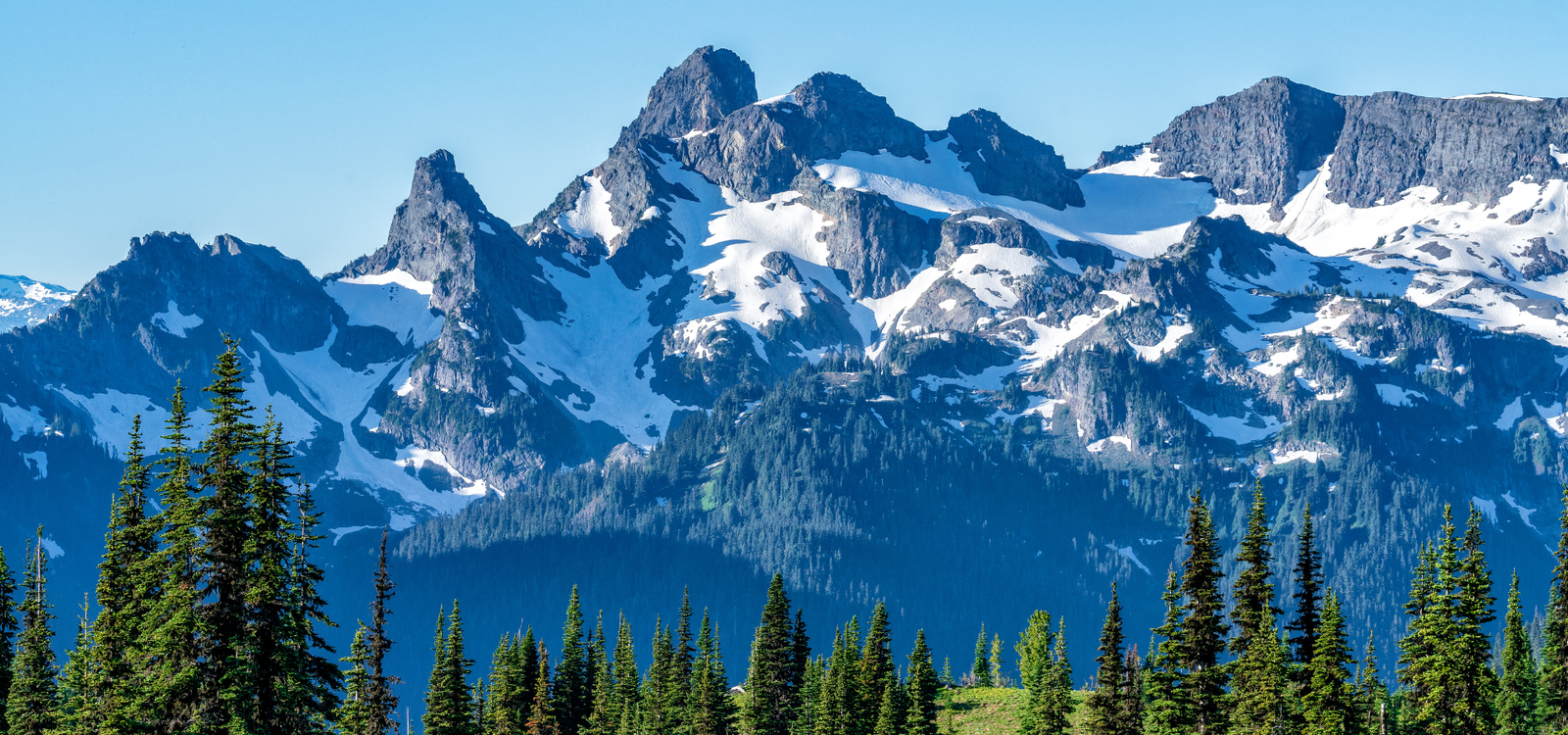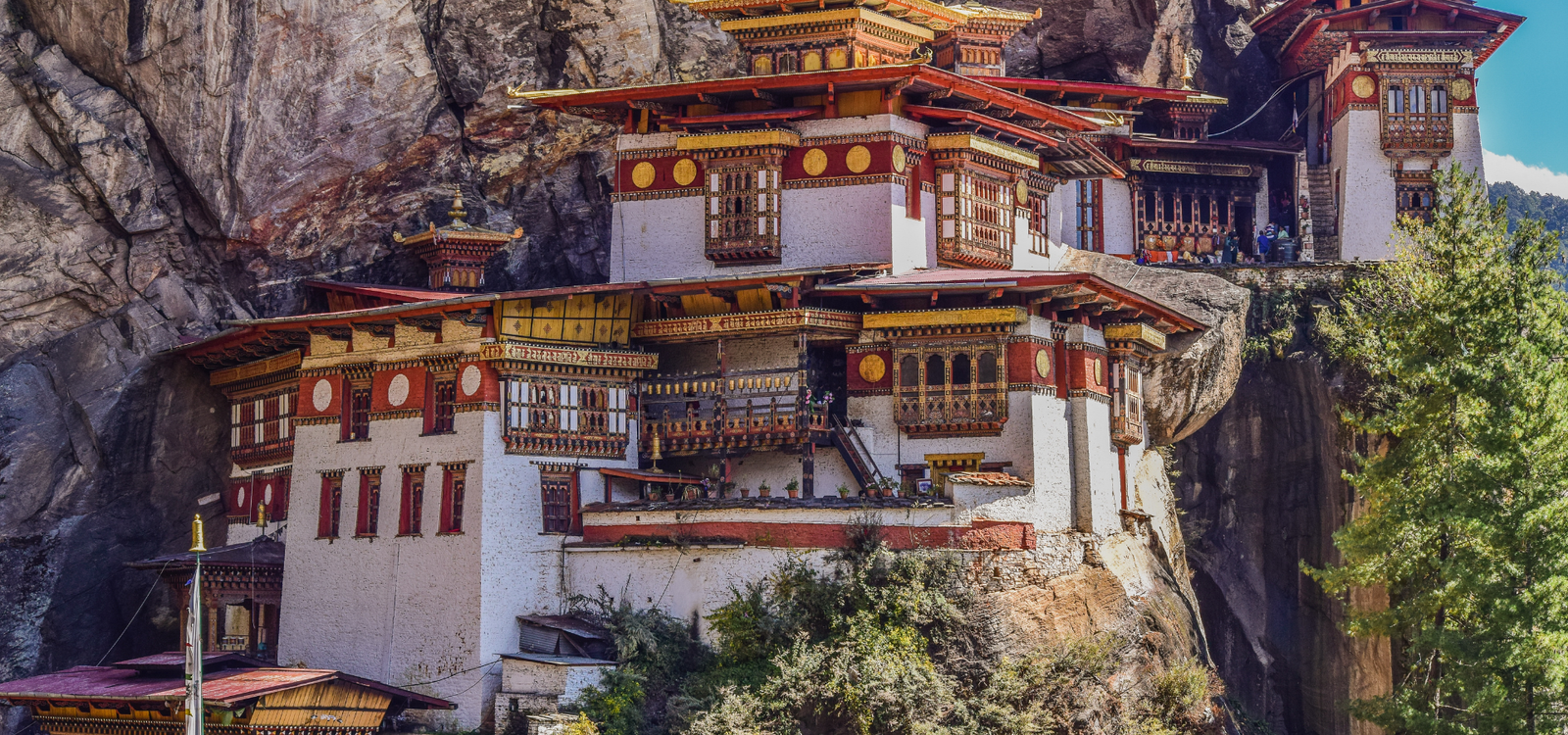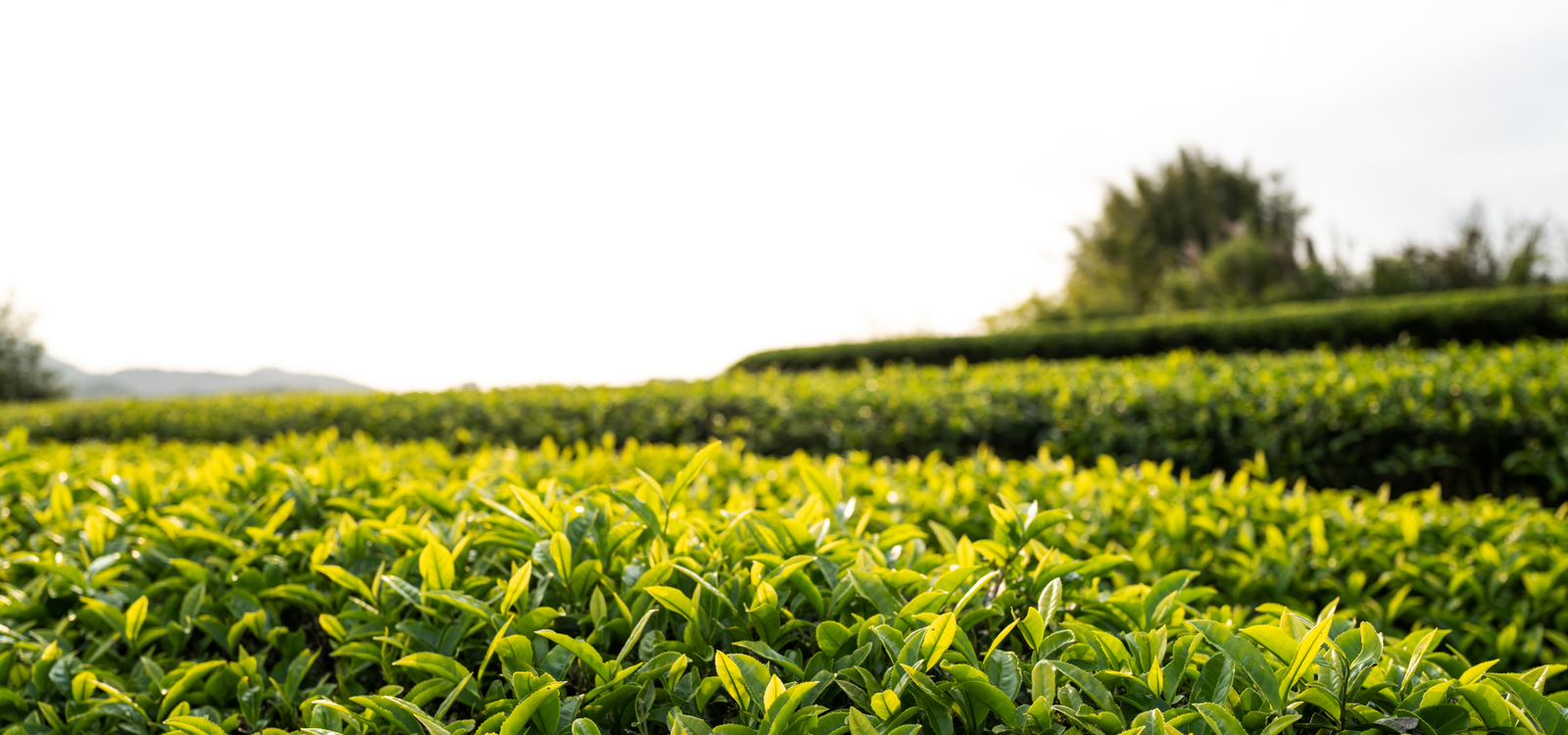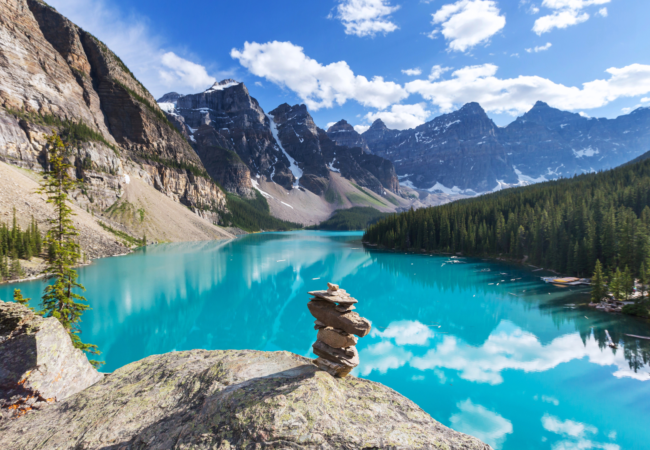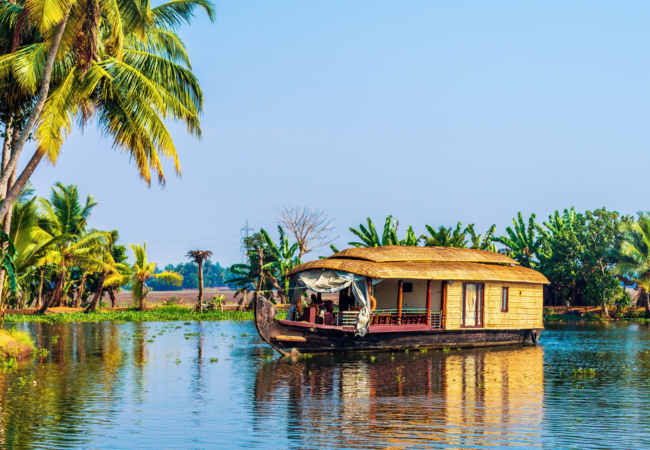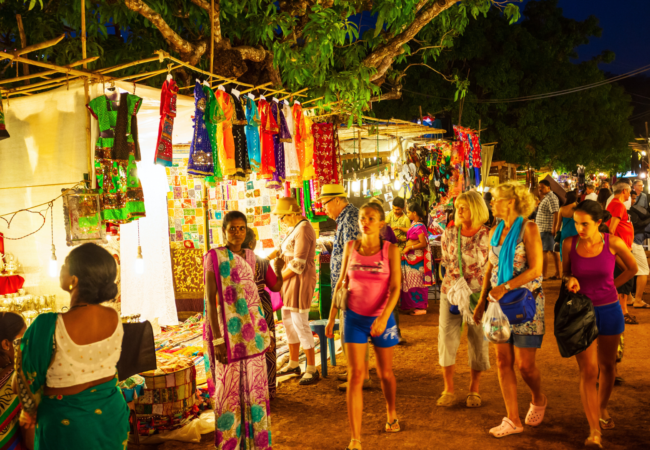Palampur: A Complete Travel Guide
Palampur is a small hill resort in the Kangra Valley of Himachal Pradesh, India. It is situated at an elevation of 1,220 meters (4,003 feet). Palampur is famous for its green tea gardens, beautiful view of the Dhauladhar mountain range, and peaceful environment. The town is encircled by vast tracts of forests, hills, and tea gardens, so it is the perfect place for nature enthusiasts and peace enthusiasts.
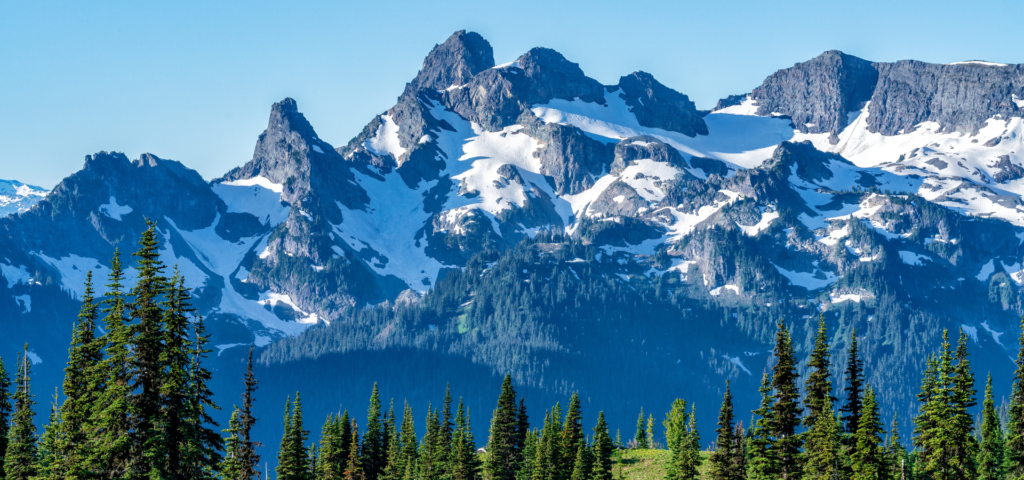
History of Palampur:
The origins of Palampur date back to the early 19th century as a small village. The origin of the name of the town is believed to have come from the word ‘Pulum,’ which in the local language signifies “abundant water,” due to the many streams and rivers flowing there. Palampur was part of the princely state of Chamba initially, and it came into the limelight under British colonial times.
History of the region is irrevocably intertwined with its agricultural development, particularly that of tea cultivation by the British in mid-19th century. The British planters, who migrated here to establish tea estates, helped Palampur become a thriving tea-growing region. Tea industry is still one of the major economic pillars of Palampur even now.
Apart from tea, the rich soil and favorable climate of Palampur also favor cultivating crops such as rice, vegetables, and flowers. Over the passage of time, Palampur became a favorite tourist spot famous for its natural scenery, favorable climate, and peaceful atmosphere.
Major Tourist Attractions in Palampur:
Tea Gardens:
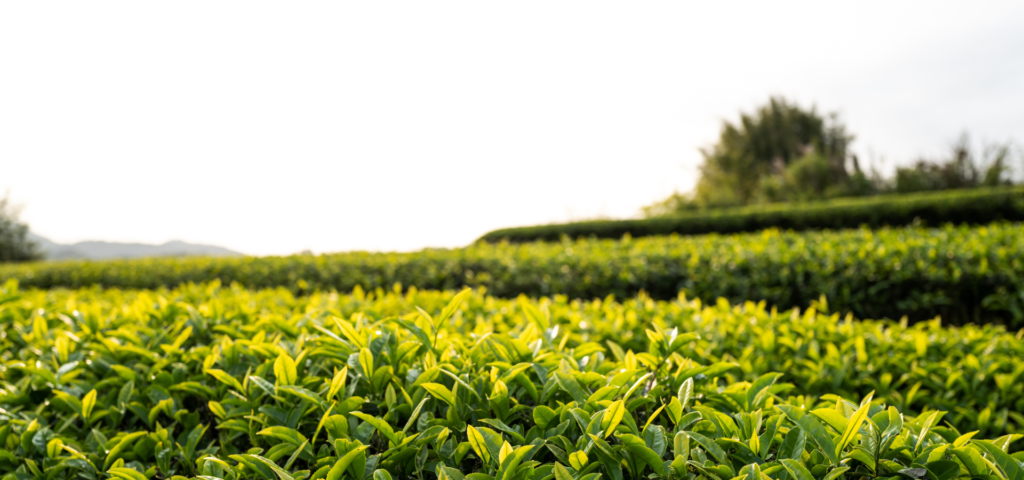
Palampur is also referred to as the “Tea Capital of North India.” The town is surrounded by large tea estates, which provide a novel experience to tourists. Tourists can go on guided tours of the green plantations, gaining an insight into the process of tea-making and enjoying scenic views of the Dhauladhar mountains. Some tea estates also have tea-tasting sessions for tourists.
Baijnath Temple:
Baijnath Temple is a very old and sacred Hindu temple of Lord Shiva, located 16 kilometers from Palampur. The temple, dating back to the 8th century, is a fine example of ancient Shikhara-style architecture. It is a pilgrimage site for Hindu devotees and a must-see place for historians and architecture enthusiasts.
Chamunda Devi Temple:
Located approximately 15 kilometers away from Palampur, Chamunda Devi Temple is atop a hill, which offers bird’s eye views of the surrounding valleys. Goddess Chamunda, one of the most revered goddesses in the area, is worshipped here. The temple is a pilgrimage site as well as a site of tourist attraction that is coveted by pilgrims and tourists both.
Tashi Jong Monastery:
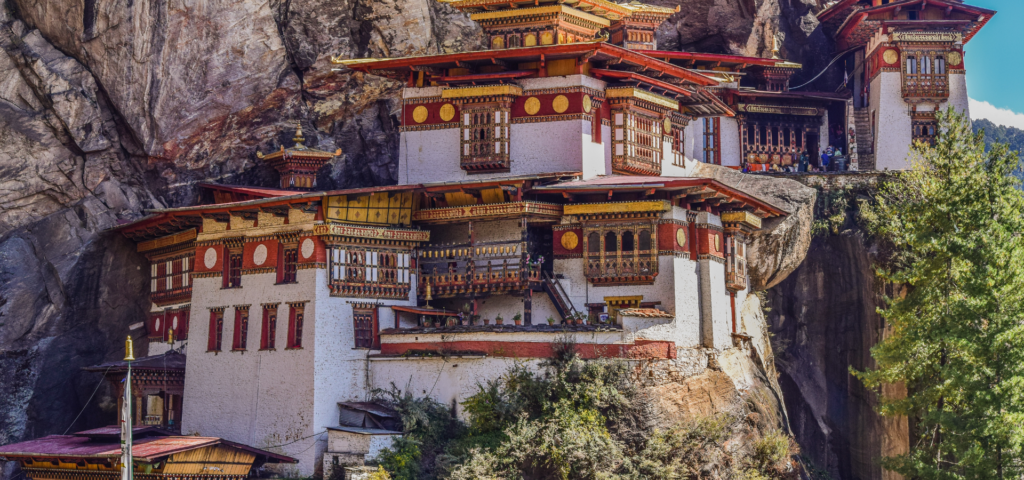
Tashi Jong Monastery is a serene Tibetan Buddhist monastery roughly 10 kilometers from Palampur. The monastery is a lively hub for Tibetan spirituality and culture and is surrounded by stunning natural beauty. It is a haven of serenity and contemplation, ideal for individuals seeking a quiet retreat.
Bir Billing (Nearby):
Bir Billing, some 35 kilometers from Palampur, is renowned as one of the world’s premier paragliding sites. Bir village is renowned for its Tibetan monasteries and is a good place to witness the Tibetan culture. Paragliding, trekking, and camping are available around Billing.
Palampur Golf Course:
Palampur Golf Course is a stunning 9-hole golf course located at the base of the Dhauladhar hills. It provides a unique experience for golfers because of its natural landscape and temperate climate. The course can also be availed by non-members to enjoy a day out in fun.
Dhauladhar Ranges:

The Dhauladhar range, which is visible from nearly all areas of Palampur, is a treat to the eyes. The range is ideal for trekking, photography, and panoramic views. The mountains look their best in winter when they are covered with snow.
Kangra Fort (Close By):
Though it is situated some 30 kilometers from Palampur, the Kangra Fort is a place one cannot miss. It is one of India’s oldest and largest forts with a history dating back to the 4th century. The fort provides breathtaking views of the Kangra Valley and the Dhauladhar ranges.






